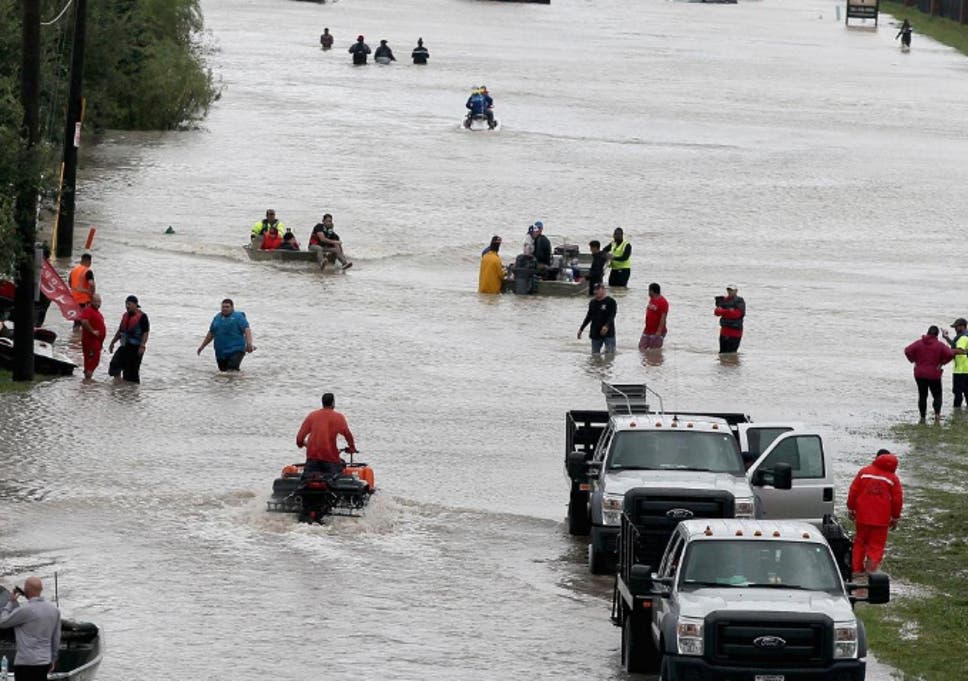Lyft just illustrated how it will respond in the middle of a crisis. The company has introduced a Disaster Relief Access Program that promises support for people in affected areas. In situations when the roads are safe, the ridesharing firm will typically hand out free codes both through its own social network avenues as well as local news outlets, non-profits and Facebook's Crisis Response Hub. It'll also honor emergency declarations that affect road closures and pricing, including caps on Prime Time (read: surge pricing).
The company also promises to offer transportation help to first responders and volunteers. It'll steer customers toward valuable resources as well, such as Airbnb Open Homes, United Way 211 info and shelter locations.
The disaster plan is part of Lyft's larger City Works strategy aiming to support the community at large. While there's clearly a public relations angle to all of it, this latest program could be particularly vital. If there's a disaster, you don't want to guess where help will come from. This could help you plan a retreat to safety, and make it clear when you'll have to look for alternatives.


